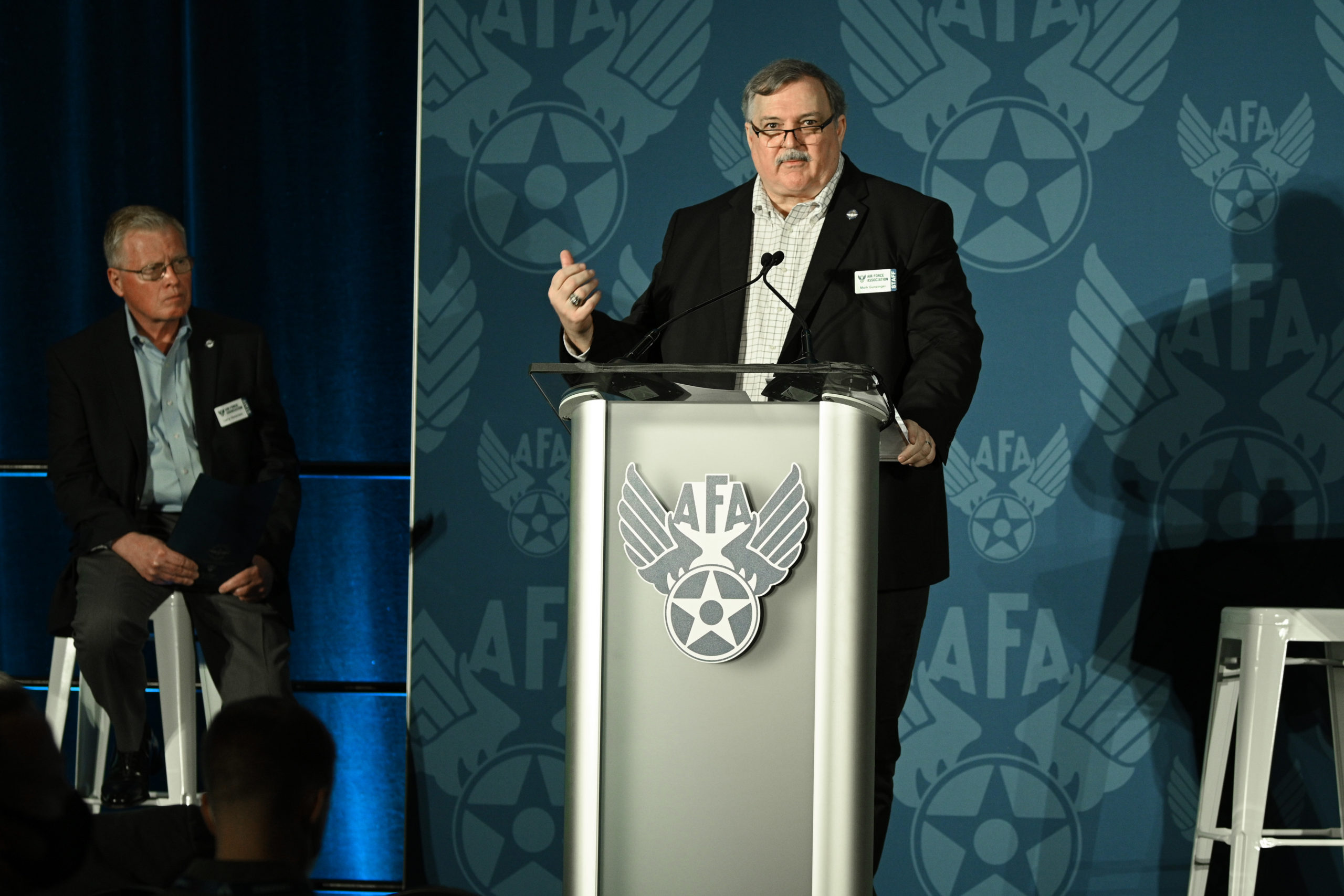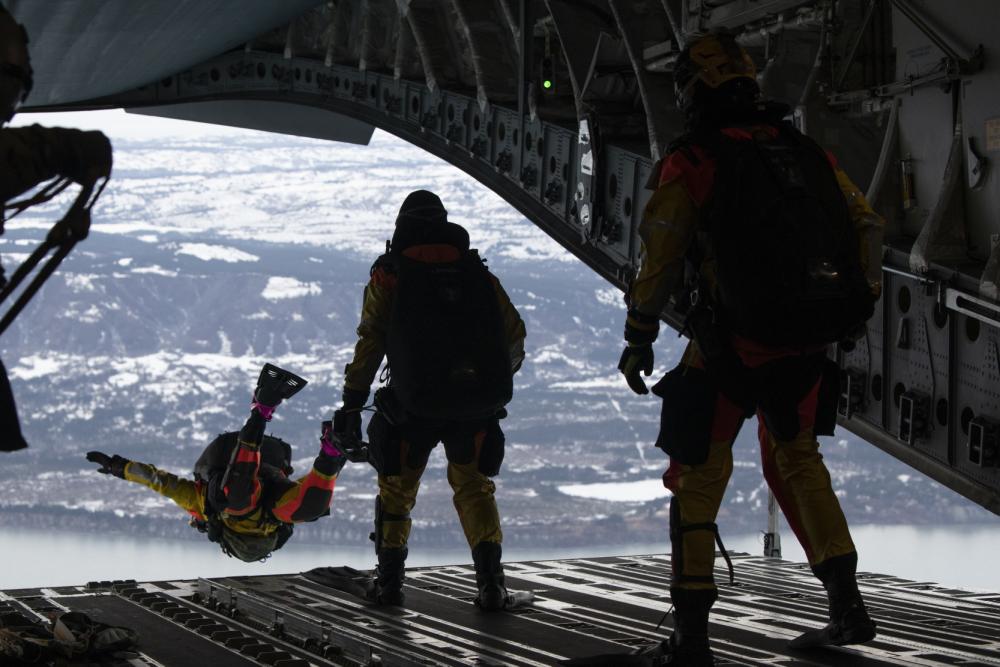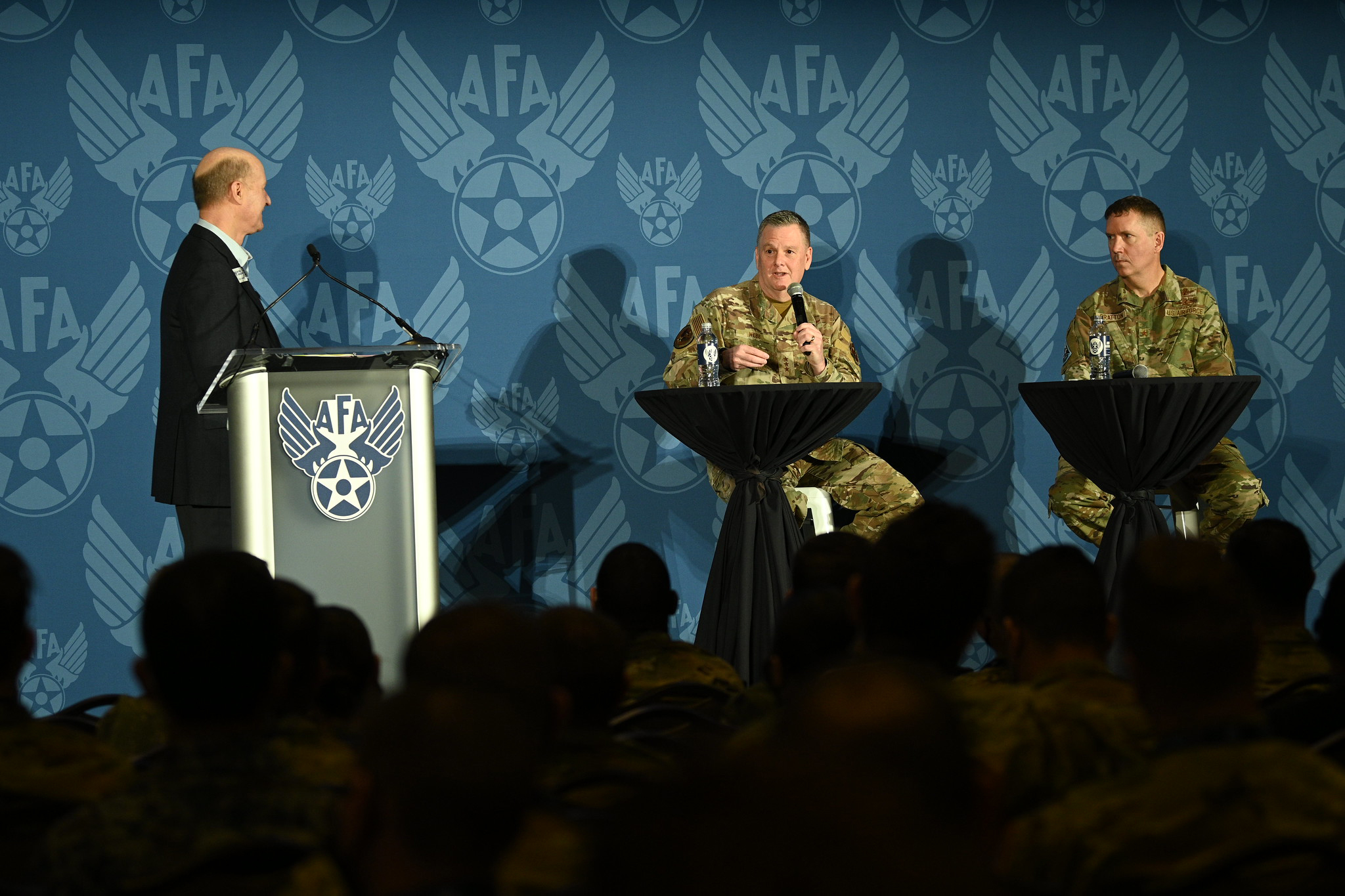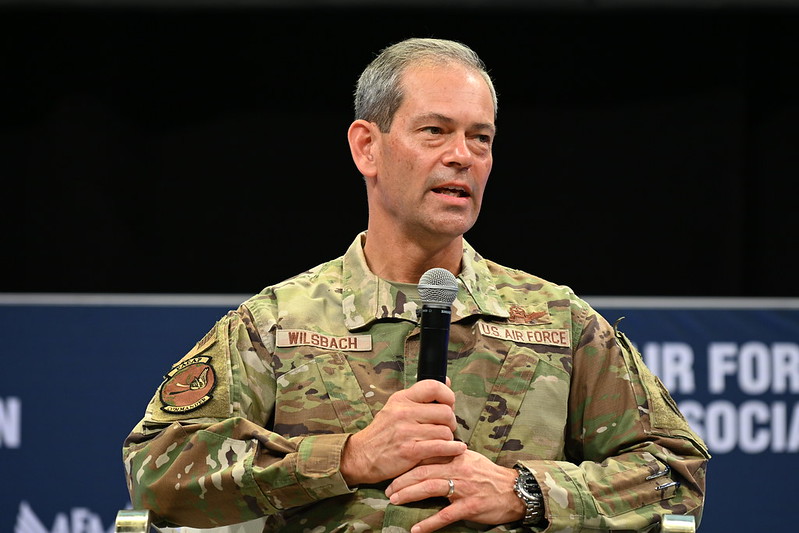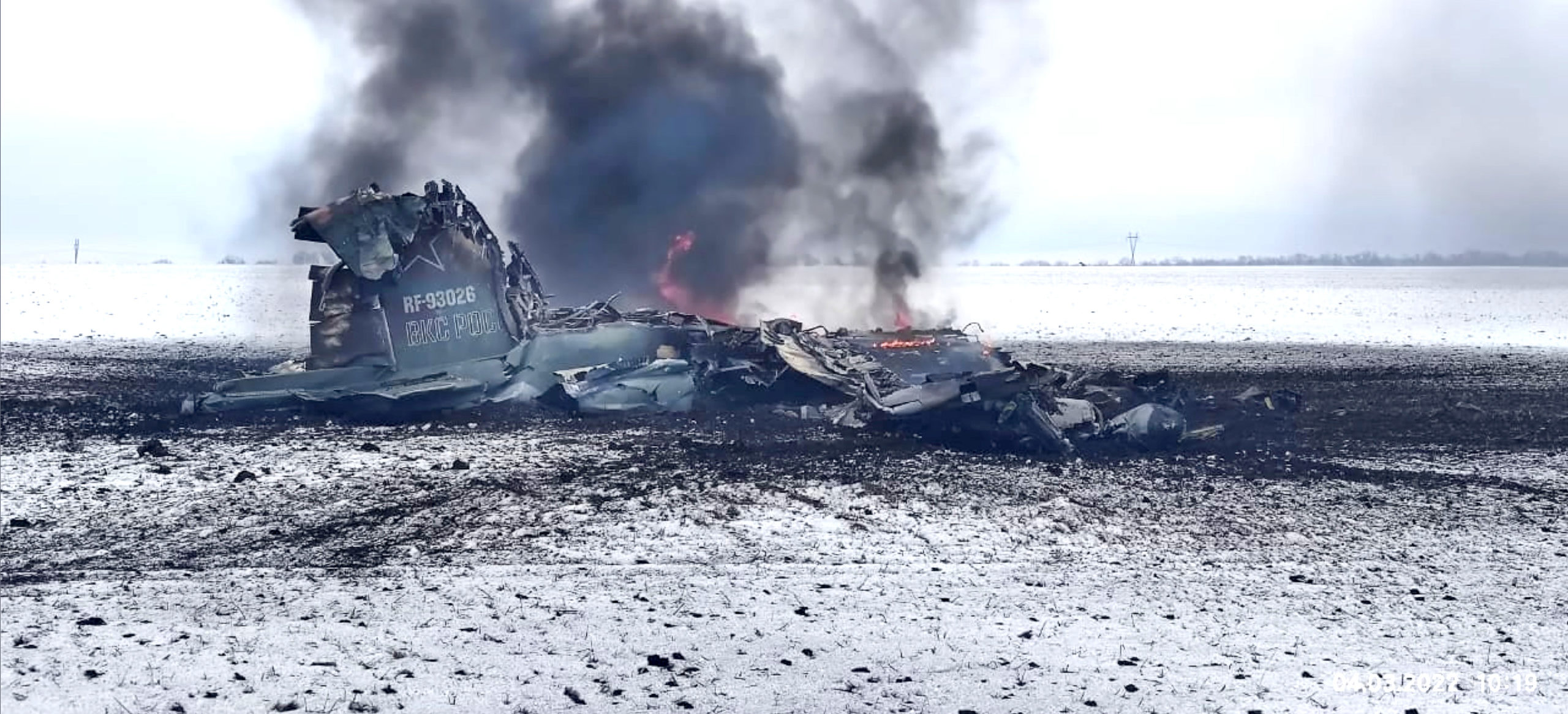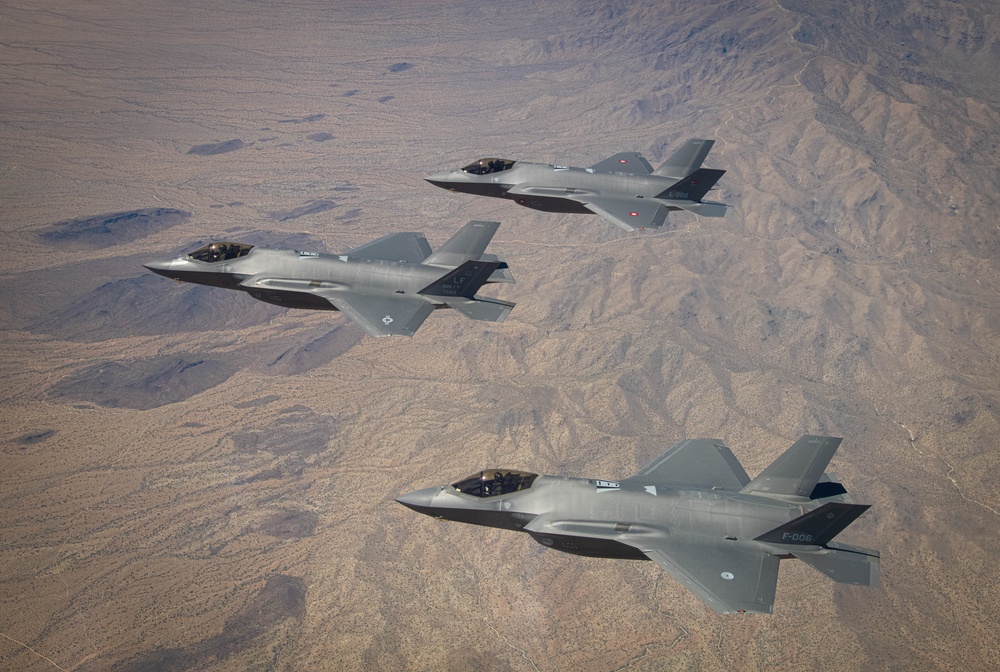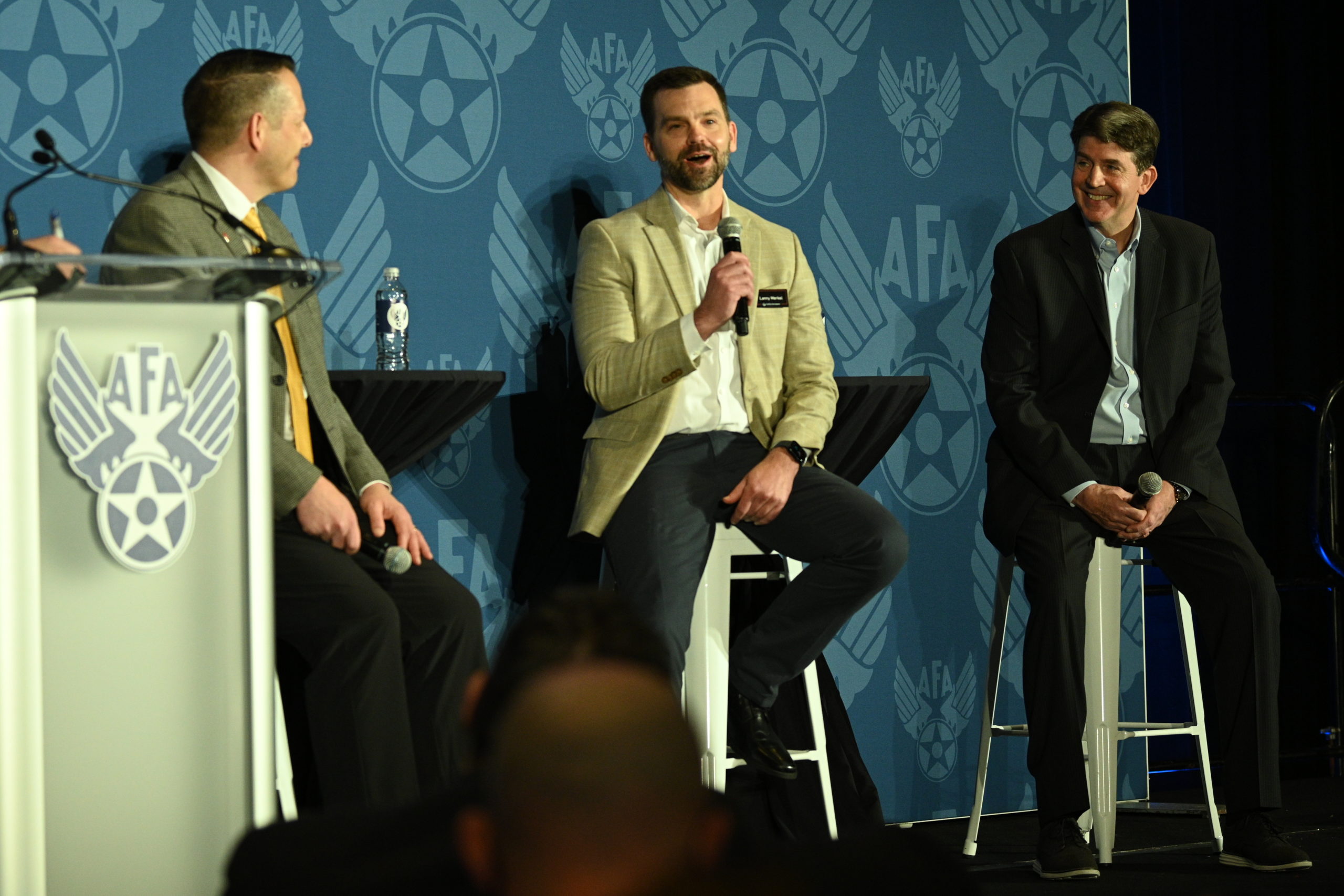NATO defense ministers will meet in Brussels, Belgium, March 16 with leaders from Finland, Sweden, and Ukraine after Russian missiles struck some 10 miles from NATO’s border March 13. Amid concerns that Russia could target NATO’s eastern flank countries militarily for providing defense assistance to Ukraine, the defense ministers are expected to discuss expanding NATO troops’ medium- and long-term presence on the eastern flank; and new ways to help Ukraine.
“There are additional questions on the table about what type of posture the alliance should take going forward,” U.S. permanent representative to NATO, Ambassador Julianne Smith, told reporters March 15.
“Every member of this alliance right now is trying to think about what more it can do,” she said. However, she added: “Our interest is not escalating this conflict right now.”
DOD has already shot down a deal in which Poland would have given 24 MiG-29s to the U.S. for onward transfer to Ukraine.
A defense official told Air Force Magazine that the plan of flying the aircraft from Ramstein Air Base, Germany—a U.S. and NATO base and headquarters of NATO Air Command—would have made it “impossible” to claim that NATO was not involved in the conflict.
“It depends on how it’s done,” the official said of the possibility of an aircraft transfer in the future. “Lots of people are giving weapons to Ukraine, but they’re not getting the green light from NATO to do it.”
Smith said the “mechanics” of moving the Polish fighter jets into Ukraine, such as pilots and missiles, made the Polish plan “untenable,” but she left the door open for future bilateral transfers of aircraft to Ukraine. In the failed Polish deal, the U.S. had discussed backfilling Poland’s air defense deficit with F-16s. A Pentagon official told Air Force Magazine there is no active consideration of backfill options.
Pentagon Press Secretary John F. Kirby likewise told Air Force Magazine that DOD is not opposed to transfer of aircraft to Ukraine.
“If another nation decides to transfer aircraft, that is a sovereign decision we would respect,” he said via email.
The U.S. and NATO have repeatedly rejected calls by President Volodymyr Zelensky to establish a no-fly zone, stating that such a move would be escalatory. In an address to the Canadian parliament March 15, Zelensky again called for a no-fly zone. He is set to address the U.S. Congress virtually at 9 a.m. March 16.
Smith reiterated the U.S. opposition to a no-fly zone as escalatory ahead of the NATO defense ministerial.
President Joe Biden, however, signed a new $13.6 billion aid package to Ukraine March 15, just days after a defense package approved March 12 worth $200 million. Not counting the new money from Congress, during his presidency Biden has authorized $1.2 billion in assistance to Ukraine and $550 million in the past two weeks.
Eastern Flank Assistance to Ukraine and Potential for Russian Blowback
Before Defense Secretary Lloyd J. Austin III departed for Brussels on March 15, a senior defense official describing efforts to deliver new assistance to Ukraine told Air Force Magazine that DOD is trying to “get them the systems that they’re good at using,” including Turkish drones, surface-to-air missile systems, man-portable air defense systems, and Javelin anti-tank missiles.
After meeting with defense ministers, Austin is slated to visit NATO eastern flank allies Slovakia and Bulgaria.
A defense official from Romania, one of America’s staunchest NATO eastern flank allies, told Air Force Magazine that the Black Sea country expects blowback from Russia for helping to arm Ukraine, making NATO’s eastern flank defenses ever more important.
“We need to act, not to react, and we need to do something that will assure that Article 5 can realistically be put in place,” the official said, referring to the North Atlantic Treaty’s provision for mutual defense. “It’s easy to say that everybody agrees with Article 5, but if you don’t have the resources, Putin will find out that is bluffing, and he will play accordingly.”
Romania was pleasantly surprised by the unified NATO response with troops sent to the eastern flank before and after Russia’s Feb. 24 invasion of Ukraine.
“That’s a credible deterrence. It means safety and also increases resilience,” the Romanian defense official said.
“The U.S. reacted very well on the air support,” the official added, citing the presence of eight F-16s at Fetesti Air Base and the recent deployment of two F-35s from Spangdahlem Air Base, Germany, all part of a NATO enhanced air policing mission. The Romanian official believes Russian President Vladimir Putin has designs for Russian forces to remain in Ukraine long-term. Romania shares a mountainous northern border with Ukraine south of Lviv and a marshy land border along the Black Sea, near Odessa.
“Do you expect in one month to have everything cleared up and to go? That is not real,” the official said of Russia’s troop presence in Ukraine. “He’s not there to leave.”
As one of the countries providing arms to Ukraine in the form of hundreds of tons of ammunition, Romania believes it could be a future target.
On March 12, the Russian Defense Ministry warned that convoys of defense assistance are legitimate military targets.
Romania’s Air Force consists of American-made F-16s and refurbished Soviet-era MiG-21s modified by Elbeit Systems to NATO standard avionics, which prevents Romania from possibly giving such aircraft to Ukraine. Romania’s air defense systems likewise include a Patriot missile battery and HIMARS (High Mobility Artillery Rocket System) multiple-launch rocket systems, neither of which are used by Ukraine.
Even if Romania could send aircraft, the official believed that such a transfer is a red line that requires NATO approval.
“To provide fighter airplanes to a country that is in war needs to have a NATO approval,” the official said. “You cannot do [that bilaterally] as a country because if you are involved, you involve NATO.”
For now, Romania is safe. But the country still calls for a larger and enduring U.S. troop presence, an issue that will be discussed at the NATO ministerial.
“I think one of the reasons we’re having ministers meet here in Brussels tomorrow is to talk about other steps that collectively we can take to reinforce NATO’s eastern flank,” said Smith, “and whether or not we need to map out in more detail a medium and longer-term plan. So, stay tuned on that front.”
The U.S. defense official told Air Force Magazine the NATO talks may lead to an expanded permanent U.S. presence on the eastern flank.
“The Poles and Romanians are likely to get what they’ve been looking for for a long time, which is some kind of enduring U.S. presence,” the official said.
Meanwhile, the U.S. Air Force is continuing to rotate aircraft in, around, and through NATO partner nations and airspace.
“We move them around on a regular basis. We are doing ACE essentially,” the official said, referring to the agile combat employment doctrine.
“There’s a certain degree of strategic predictability and tactical unpredictability. The aircraft can be in Spangdahlem today, or they could be in the Baltics tomorrow,” the official added. “If we got into a fight with the Russians, we can be very unpredictable, where these things go and how they operate.”

